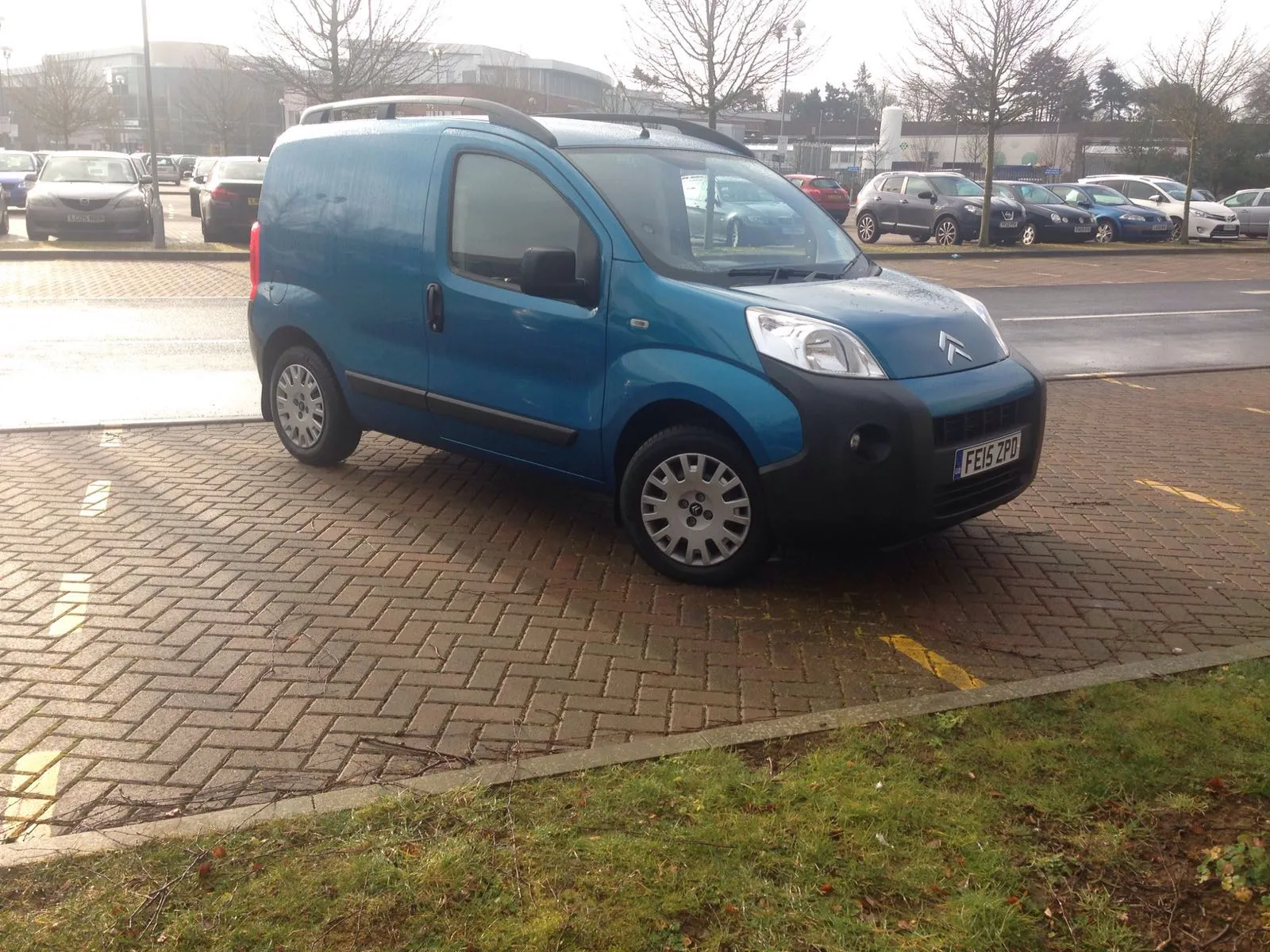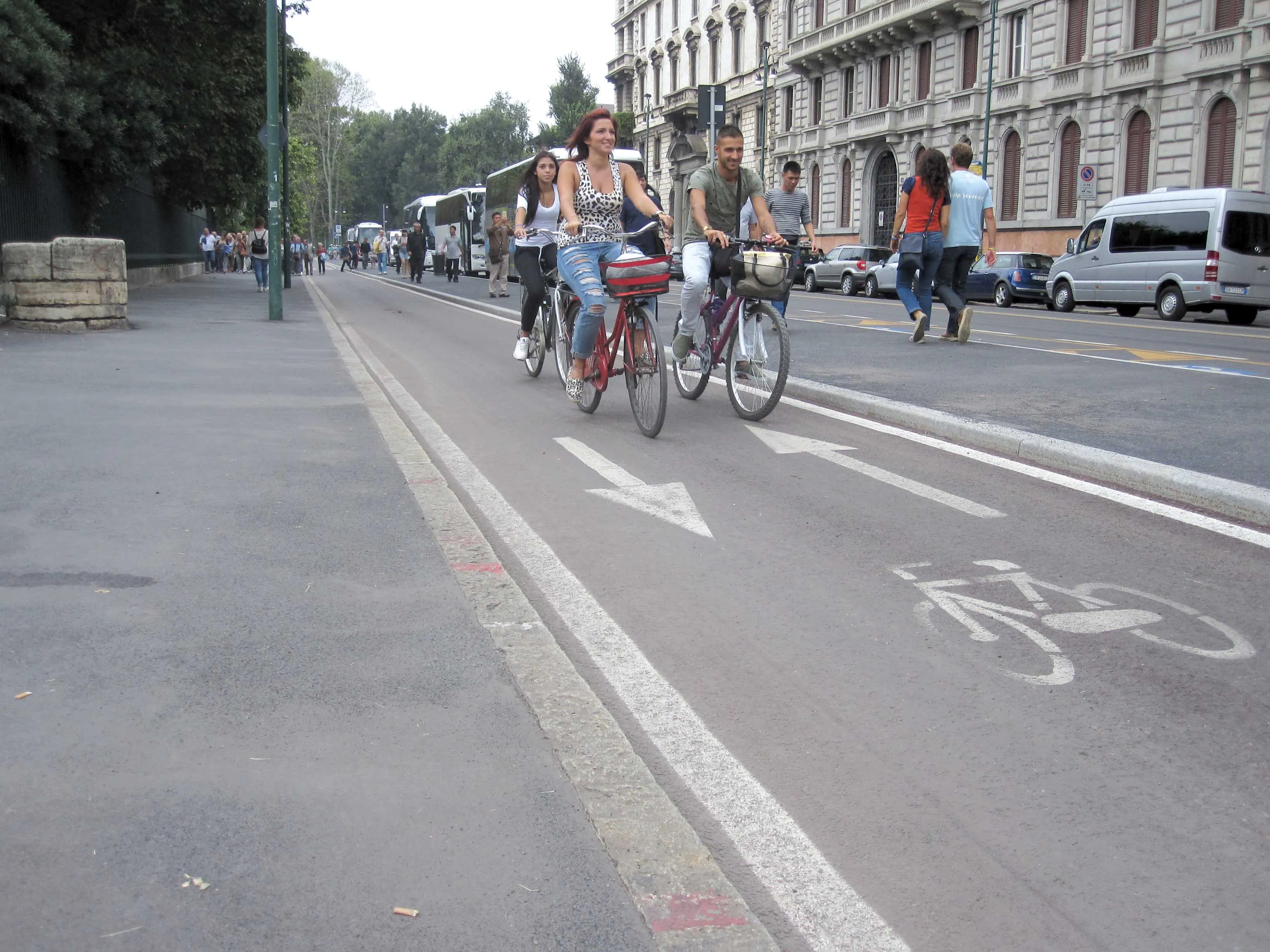Concern has been expressed over recidivist motorists in Europe who continue to flout seatbelt laws, despite strong evidence that they risk serious injury or death. According to recent police safety data, results from a recent pan-European seatbelt control operation show that nearly 100,000 drivers and passengers were detected not wearing seatbelts. A total of 25 countries took part in the operation, which was co-ordinated by the European Traffic Police Network (TISPOL). Of the final total of 97,489 detectio
November 1, 2012
Read time: 3 mins
Concern has been expressed over motorists in Europe who continue to flout seatbelt laws, despite strong evidence that they risk serious injury or death. According to recent police safety data, results from a recent pan-European seatbelt control operation show that nearly 100,000 drivers and passengers were detected not wearing seatbelts. A total of 25 countries took part in the operation, which was co-ordinated by the European Traffic Police Network (4753 TISPOL). Of the final total of 97,489 detections, 3,539 related to children not wearing seatbelts or other safety restraints. The remaining 93,950 offences related to adult vehicle occupants.
Quite why motorists should choose not to use a seatbelt is not immediately clear. The safety benefits are well known and using a seatbelt is neither uncomfortable nor involves a lengthy and complex preocedure.
Commenting on the results, TISPOL president Koen Ricour said, "The use of seatbelts is the single most effective method of reducing injury in motor vehicle collisions.
Experts have estimated that increased seatbelt wearing as the result of national legislation and police enforcement has reduced fatalities by more than 20%.
Research has shown that the use of child restraints can make a big contribution to reducing the severity of road accident injuries, and that a child aged under four is 10 times more likely to be killed in a car crash if unrestrained. That’s why wearing a seatbelt is not a matter of choice, but something every vehicle occupant must do.
Stopping drivers for seatbelt also provides police officers with the opportunity to make other appropriate safety and security checks. For example, during the week of this speed operation, officers also detected and dealt with offences connected with illegal immigration and human trafficking (41), possession of drugs (245), firearms (15) and stolen goods (25), as well as 3,935 other crimes.
The TISPOL Organisation was established by the traffic police forces of Europe in order to improve road safety and law enforcement on the roads of Europe
Figures from the German Highway Research Institute show that the seat belt wearing rates of adult car occupants remained constant in 2011 with 98%. The use of child restraint systems clearly changed for the better, especially for children from the age of six years upwards on rural roads. In 2011, 88% children in this age group used an appropriate restraint system on rural roads (2010: 81%). On built-up area roads 78% of children of six years upwards used child restraints (2010: 70%). In the group of children up to the age of five, on rural roads 97% were seated in a safety seat (2010: 98%) and 97% on built-up area roads (2010: 97%).
Some 97% of the motorised two-wheel drivers and 98% of the passengers wore safety helmets. Only 18% of the drivers (2010: 20%) and 13% of the passengers (2010: 17%) wore complete motorcycle clothing when using two-wheeled motorcycles. In the age group of six to ten years helmet wearing when using a bicycle increased to 56% (2010: 38%) and therefore returned to the 2009 figures. Over all age groups, 11% of the bicyclists used a helmet (2010: 9%). In 2011, 85% of all lorry drivers used a seat belt (2010: 83%).
Quite why motorists should choose not to use a seatbelt is not immediately clear. The safety benefits are well known and using a seatbelt is neither uncomfortable nor involves a lengthy and complex preocedure.
Commenting on the results, TISPOL president Koen Ricour said, "The use of seatbelts is the single most effective method of reducing injury in motor vehicle collisions.
Experts have estimated that increased seatbelt wearing as the result of national legislation and police enforcement has reduced fatalities by more than 20%.
Research has shown that the use of child restraints can make a big contribution to reducing the severity of road accident injuries, and that a child aged under four is 10 times more likely to be killed in a car crash if unrestrained. That’s why wearing a seatbelt is not a matter of choice, but something every vehicle occupant must do.
Stopping drivers for seatbelt also provides police officers with the opportunity to make other appropriate safety and security checks. For example, during the week of this speed operation, officers also detected and dealt with offences connected with illegal immigration and human trafficking (41), possession of drugs (245), firearms (15) and stolen goods (25), as well as 3,935 other crimes.
The TISPOL Organisation was established by the traffic police forces of Europe in order to improve road safety and law enforcement on the roads of Europe
Figures from the German Highway Research Institute show that the seat belt wearing rates of adult car occupants remained constant in 2011 with 98%. The use of child restraint systems clearly changed for the better, especially for children from the age of six years upwards on rural roads. In 2011, 88% children in this age group used an appropriate restraint system on rural roads (2010: 81%). On built-up area roads 78% of children of six years upwards used child restraints (2010: 70%). In the group of children up to the age of five, on rural roads 97% were seated in a safety seat (2010: 98%) and 97% on built-up area roads (2010: 97%).
Some 97% of the motorised two-wheel drivers and 98% of the passengers wore safety helmets. Only 18% of the drivers (2010: 20%) and 13% of the passengers (2010: 17%) wore complete motorcycle clothing when using two-wheeled motorcycles. In the age group of six to ten years helmet wearing when using a bicycle increased to 56% (2010: 38%) and therefore returned to the 2009 figures. Over all age groups, 11% of the bicyclists used a helmet (2010: 9%). In 2011, 85% of all lorry drivers used a seat belt (2010: 83%).







